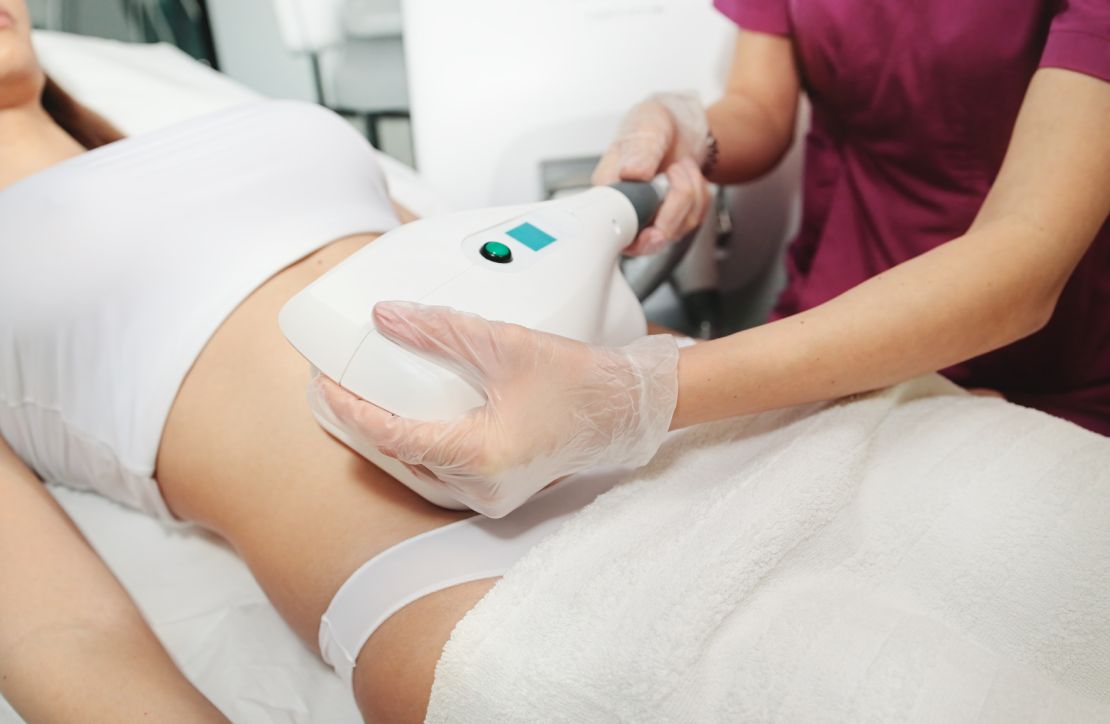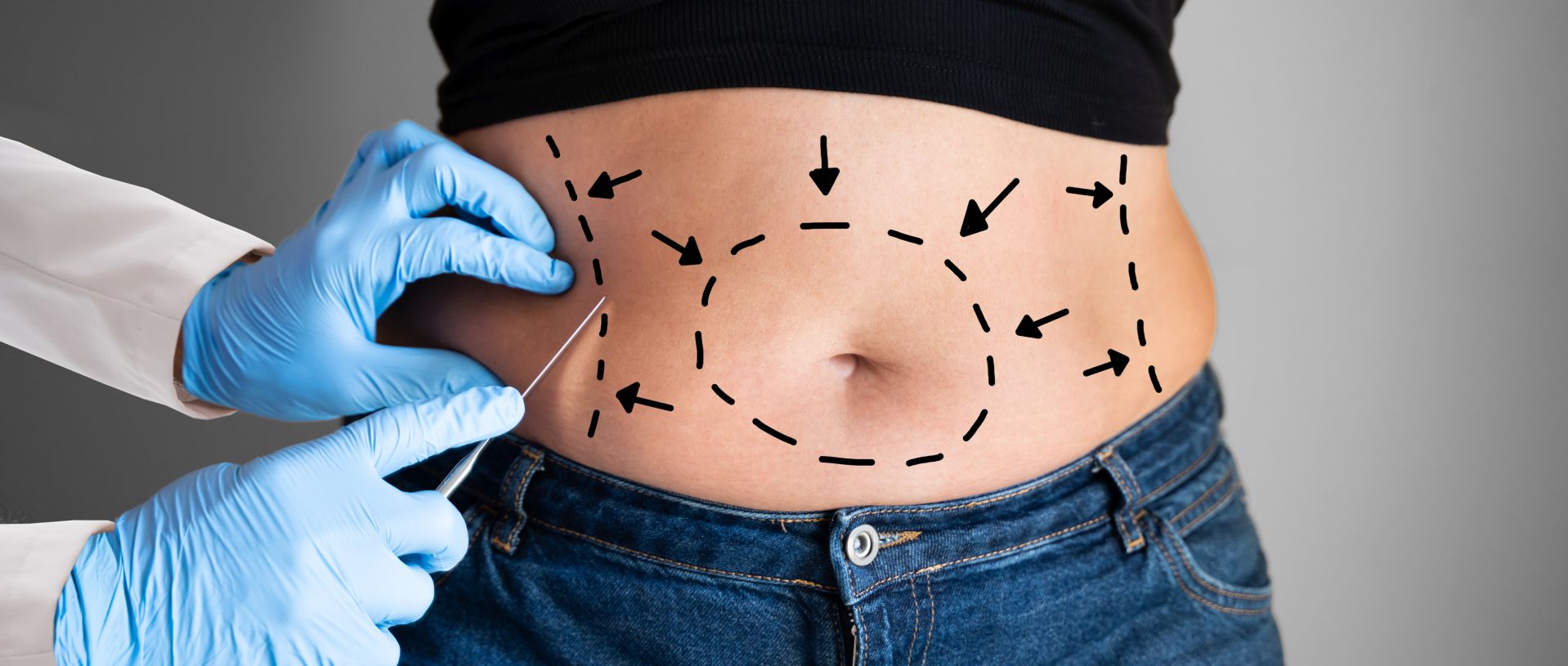Paradoxical Adipose Hyperplasia (PAH)
What is PAH?
Paradoxical adipose hyperplasia (PAH) is a condition that can occur after non-invasive cyrolipolysis, where surgical sculpting is done with cold or heat-type methods. PAH was first reported in the medical literature in 2014 and has been estimated to occur with every 4,000 cyrolipolysis treatments. It’s important to note that many patients often receive multiple cyrolipolysis treatments for their desired results, and thus PAH may be occurring even more commonly.
Patients are often frustrated by gaining fat and contour irregularities after non-surgical treatments that were supposed to make them slimmer.

What Is Cyrolipolysis?
Non-invasive cryolipolysis is a cosmetic procedure that freezes or heats fat cells to destroy them. The cool or hot temperatures promote apoptosis, or cell death, and the body then naturally eliminates these cells. This non-invasive procedure became quite popular in removing fat without major surgery. The most common areas for cyrolipolysis are the inner thighs, abdomen, love handles and buttocks. However, some patients can develop paradoxical adipose hyperplasia (PAH) after this non-invasive procedure, in which case a PAH revision can be done to reverse the deformity.
What Are the Symptoms of Paradoxical Adipose Hyperplasia (PAH)?
PAH is a complication associated with cyrolipolysis and results in the fat cells growing rather than diminishing. This usually develops 3-6 months after non-invasive cyrolipolysis treatment; however, the exact cause is unknown. PAH is characterized by an irregular, firm and raised area from the cyrolipolysis treatment.
When Does PAH Require Surgery?
The only known treatment to reverse paradoxical adipose hyperplasia is liposuction to remove excess fat. In some severe cases, an abdominoplasty, or tummy tuck, can be done to repair the PAH. Most patients with PAH report that it does not resolve itself.
How Is the Surgery for PAH Performed?
Dr. Azouz performs a variety of advanced liposuction techniques to help disintegrate the fat associated with PAH, including SAFE liposuction and power-assisted liposuction. He will then use liposuction in the area to remove the fat. In severe cases of the abdomen, he can perform a tummy tuck to help tighten the skin and completely excise the fat associated with PAH.
What Is the Anesthesia for PAH Surgery?
Dr. Azouz will most often use sedation with local anesthesia. Patients are sedated in a comfortable deep sleep. Dr. Azouz will inject a numbing medication to the affected area of PAH, which can last many hours after the procedure.
What Is the Recovery From PAH Surgery?
Recovery from PAH surgery is similar to other liposuction procedures. Patients may experience bruising and swelling for several days to weeks after the procedure. Dr. Azouz will advise which compression garments will help with the swelling. He sees patients a few days after surgery in his office for routine follow-up visits where he can monitor healing and provide more instructions regarding post-surgical care.
What Is the Cost of PAH Surgery?
The cost of any surgery varies extensively. Dr. Azouz will start with a medical history and physical examination to help determine the cost.
